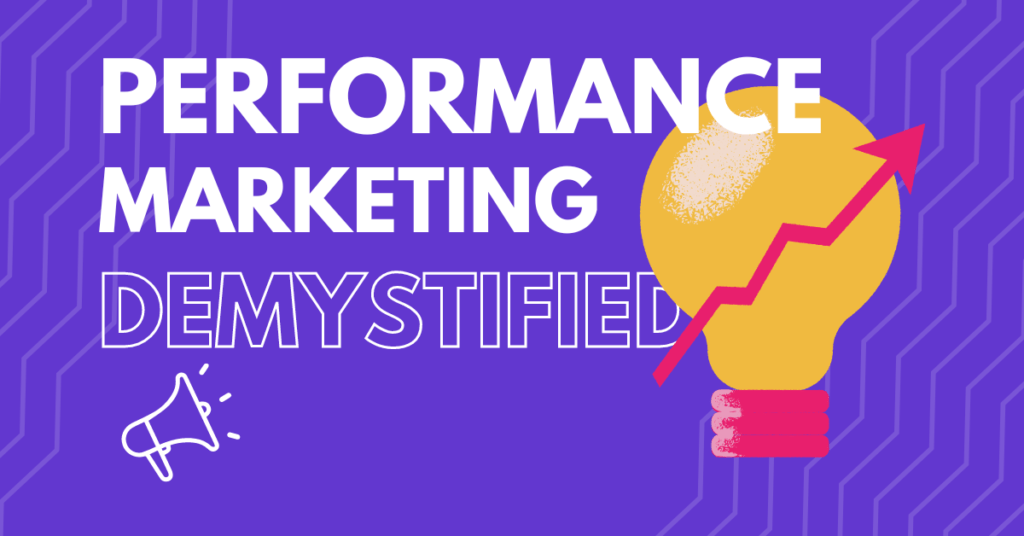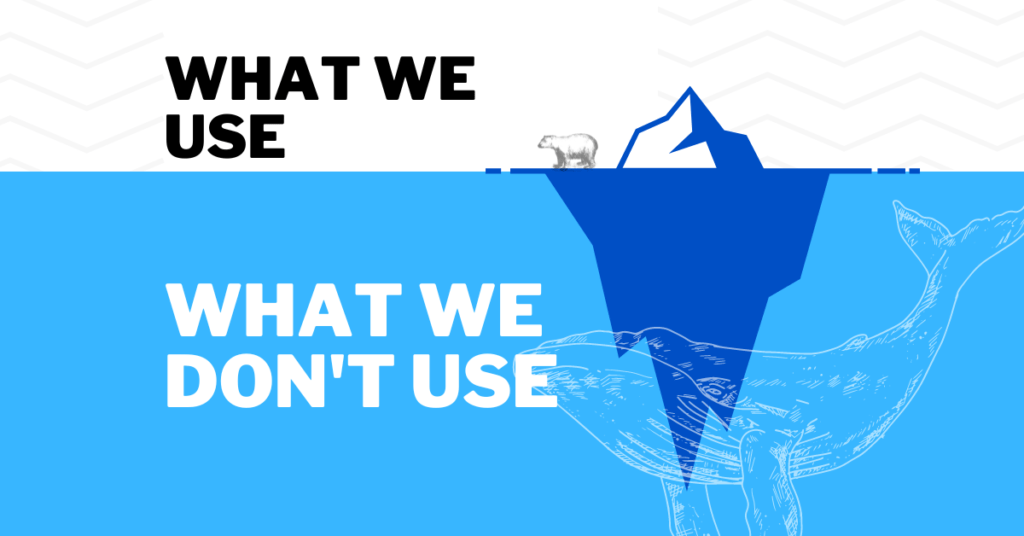The world of marketing is rapidly changing, with digital advertising quickly becoming the norm. According to statista.com, a market research company, the global spending on digital advertising, including desktop and laptop computers and mobile devices, reached an astounding 522.5 billion USD in 2021. Moreover, this figure is expected to skyrocket to over 800 billion USD by 2026. Currently, digital advertising accounts for a whopping 62% of total media ad spends in 2022, leaving traditional media behind. And this trend is expected to continue in the next decade.
As AdTech evolves, so do the business models advertisers can use to run their marketing campaigns. However, understanding these business models can be challenging and confusing, even for seasoned professionals with over ten years of experience. So if you’re feeling perplexed, don’t worry! This blog is here to help clear any confusion and provide a roadmap for crafting a successful campaign strategy.
By the end of this post, you’ll have a solid understanding of the various business models and respective billing types used for performance marketing and branding. We have also attached a cheat sheet for your reference at the end of this post. So let’s dive in and get started on your journey to becoming a digital advertising pro!
What is a Business Model in digital marketing?
Have you ever come across terms like CPA, CPM, or CPC and wondered what they really mean? Of course, we often use these standard business models in our marketing plans, but have you ever thought about their origins?
In the world of digital advertising, there are two major players: the brand or advertiser and the publisher. The publisher is the platform where a brand can showcase its products or offerings. For instance, if Amazon wants to run a sale campaign on Instagram, they can place their ads on Instagram’s Native and Reels feed through the Facebook Ads platform. Amazon is the advertiser, and Instagram is the publisher in this scenario.
Instagram charges Amazon a fee for allowing them to advertise on their platform. This fee is the source of revenue for Instagram, which they use to sustain their business.
However, the advertiser’s goals are always dynamic, and they are always trying new things to grow their business. For example, they might focus on branding at one point and then switch to performance or even combine both. Therefore, having a single business model is insufficient to achieve all their goals. Publishers understand this and have developed different business models with various payout structures to keep advertisers on their platforms.
In essence, a business model is a media buying and payout strategy that advertisers can use to maximize their return on investment for their campaigns. At the same time, it signals the publisher about the advertiser’s requirements and which metrics to optimize for.
Business Models and Payouts in Performance Marketing
Growth marketing is essential to any modern business, and when executed correctly, it can yield significant results while optimizing advertising spend in real-time. This strategy is crucial for small businesses and startups that may have limited budgets and need to make every marketing dollar count.
To succeed in performance marketing, marketing managers and media planners must have in-depth knowledge of various business models and payout methodologies. Here are some of the most widely used ones:
- CPC (Cost per click): This is the most widely used model in digital marketing and captures user intent by measuring clicks. Clicks indicate the relevance, targeting, and quality of the ad creative.
Payout: The advertiser pays when a user clicks on the Ad or Ad CTA button
- oCPC (Cost per click optimized for conversion): This model is an upgraded version of CPC that considers the next conversion goal when bidding in the auction algorithm. Not all publishers offer this, as it requires advanced technologies and better AI models.
Payout: The advertiser pays when a user clicks on the Ad or Ad CTA button
GET A CHEAT SHEET FOR 😎
Digital Marketing Business Models & Payouts
- Dynamic CPM (Dynamic cost per mile): This advanced auction model optimizes campaigns towards a specific deep-funnel conversion goal. Not all publishers offer this, as it requires advanced technologies and better AI models.
Payout: The advertiser pays as per dynamic CPM cost associated with that day or period
- CPI (Cost per install): This is a top-of-the-funnel conversion model typically used to acquire a new user, especially on mobile-first platforms where users are expected to install the advertiser’s app.
Payout: The payout is either on CPC or direct CPI for most CPI campaigns.
- CPI (Cost per install): This is a top-of-the-funnel conversion model typically used to acquire a new user, especially on mobile-first platforms where users are expected to install the advertiser’s app.
Payout: The payout is either on CPC or direct CPI for most CPI campaigns
- CPA (Cost per action): This is a deep funnel conversion model that uses advanced machine learning capabilities and rich user data to optimize towards a defined action and cost, such as installs, registration, or transaction.
Payout: The advertiser pays as per offerings from the publisher – CPC, CPM or direct CPA
- CPL (Cost per lead): This deep-funnel conversion model aims to generate a lead at a specified cost.
Payout: The payout is either on CPC or direct CPL for most CPL campaigns.
Now let us look at a few most commonly used branding business models.
Business Models and Payouts in Branding
Branding, or brand marketing, is a smart long-term strategy that focuses on creating a solid brand identity, increasing brand awareness, improving brand recall, and forging an emotional connection with the target audience. This holistic approach to building brand equity and customer loyalty is particularly effective when combined with performance-driven marketing.
There are various models and payouts used in branding, including:
- CPM (Cost per Mile): This is the most basic model used for branding. Here the advertiser buys inventory from a publisher at a defined CPM rate. i.e. cost for delivering 1000 Ad impressions. Many big players, like Google, Facebook, Snapchat, etc., offer CPM deals with payouts based on CPM.
- CPV (Cost per View or Completed View): This is another popular model branding model, usually used for reserving video inventories. Publishers frequently offer these deals, but it’s essential to understand that each platform measures views differently. So, it’s best to clarify how the publisher defines a “view.”
- CPT/CPD (Cost per Time or Cost per Day): It is often used for “Roadblock properties.” Here, advertisers reserve massive inventory for a day or a specific timeslot and pay based on a package price. This property type best suits events like movie launches, flash deals or sale days.
- Other: Brands can consider package-based offerings, such as hashtag challenges or influencer activities, for their marketing strategy.
Combining branding with performance-based marketing can be a practical approach for most businesses. By building a solid brand identity and forging a connection with the target audience, brands can establish customer loyalty and grow their business over the long term.
What are some of your own best digital marketing strategies? Share them with us below!




